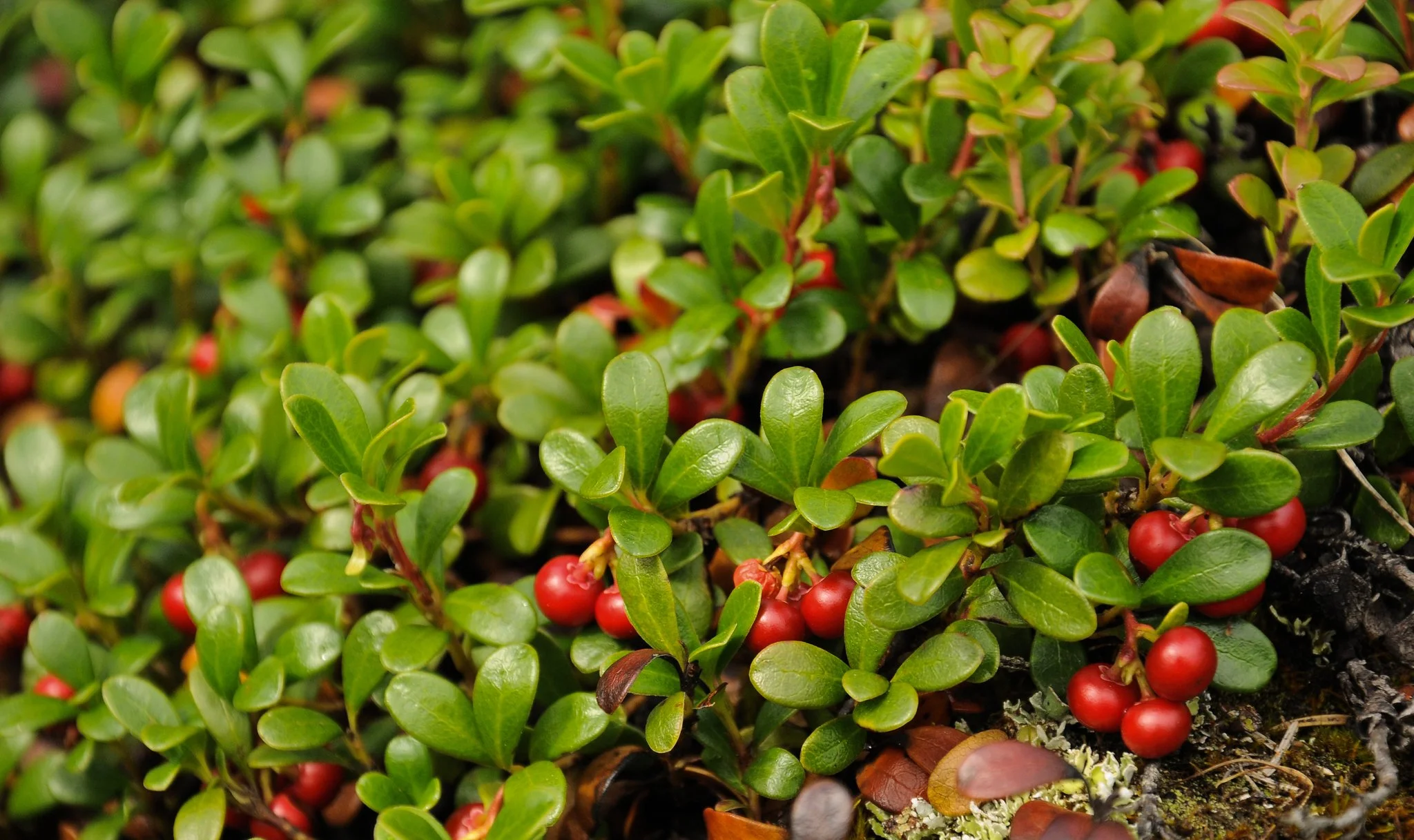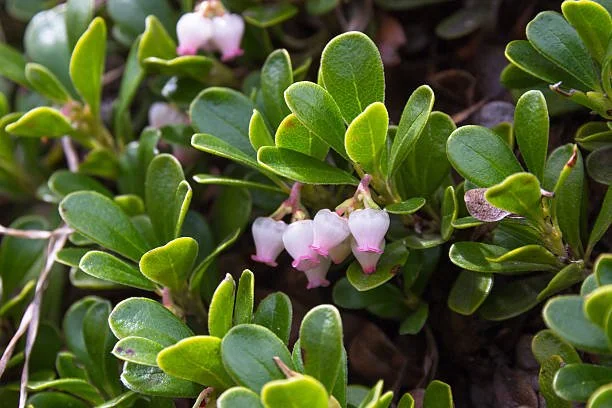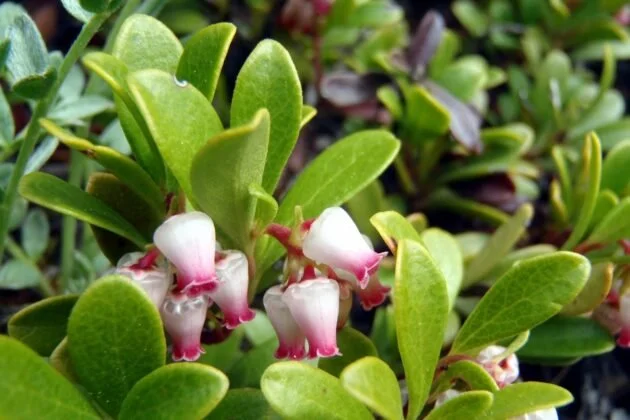
Asclepias tuberosa
Common Name: Pleurisy root or Butterfly weed
Family: Asclepiadaceae (Milkweed family)
Parts used: Root
Constituents: Glycosides (asclepidine, asclepione), cardenolides, flavonoids
Taste/smell: Slightly acrid, sweet
Tendencies: Cooling, drying
Actions
Diaphoretic
Expectorant
Antispasmodic
Carminative
Anti-inflammatory
Cardiac tonic
Uses
Expectorant:
Respiratory tract infections
Congestion in the respiratory tract
Acute bronchitis
Pertussis
Cough
Pleurisy
Pneumonia
Common cold
Flu
Cardiac Tonic:
Similar to Selenicereus grandiflorus and Convallaria majalis, it slows down and strengthens the heart rate
Congestive heart failure
Mental Picture and Specifics
Pleurisy root is indicated for hot, dry skin, and difficult, painful breathing accompanying a fever and chest pains that are relieved by bending forward.
Contraindications
Pregnancy
Adverse Effects
None
Toxicity
None
Interactions
Cardiac glycosides may potentiate the activity of cardiac glycosides in other plants
References:
Brinker, Francis J. Herbal Contraindications and Drug Interactions plus: Herbal Adjuncts with Medicines. Eclectic Medical Publications, 2010.
Kaufmann, Taylor. NPLEX II Study Guide. Wild Brilliance Press, 2019.
Lun, Vincent, et al. Core Knowledge for NPLEX 2. 1st ed., Marano Publishing Incorporated, 2014.
Marciano, Marisa, and Nikita A. Vizniak. Evidence Informed Botanical Medicine. Professional Health Systems Inc., 2015.
Sherman, John. The Complete Botanical Prescriber. Four Seasons Pub.
Skenderi, Gazmend. Herbal Vade Mecum: 800 Herbs, Spices, Essential Oils, Lipids, Etc., Constituents, Properties, Uses, and Caution. Herbacy Press, 2004.
Tilgner, Sharol. Herbal Medicine: From the Heart of the Earth. Wise Acres, 2020.






